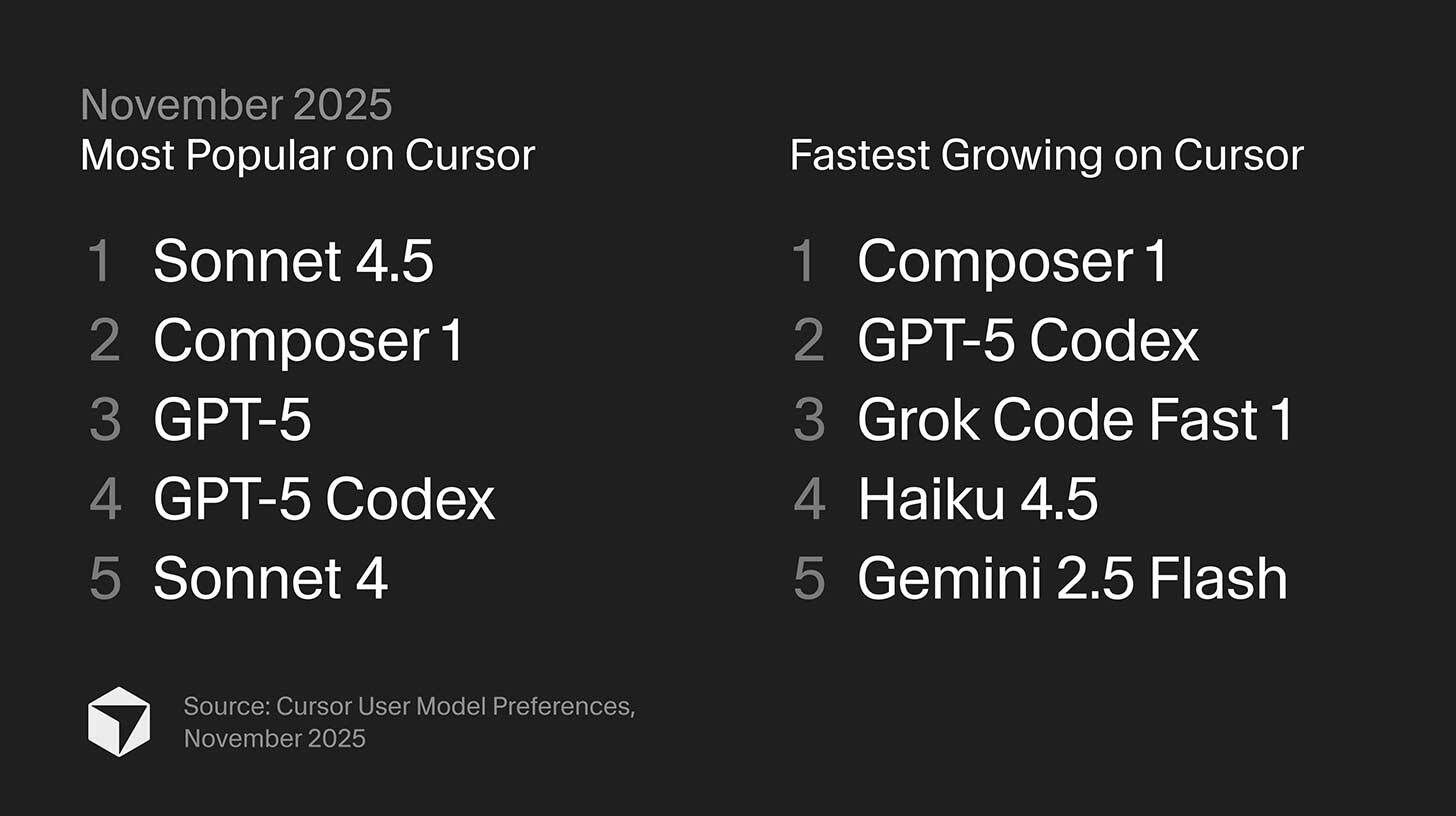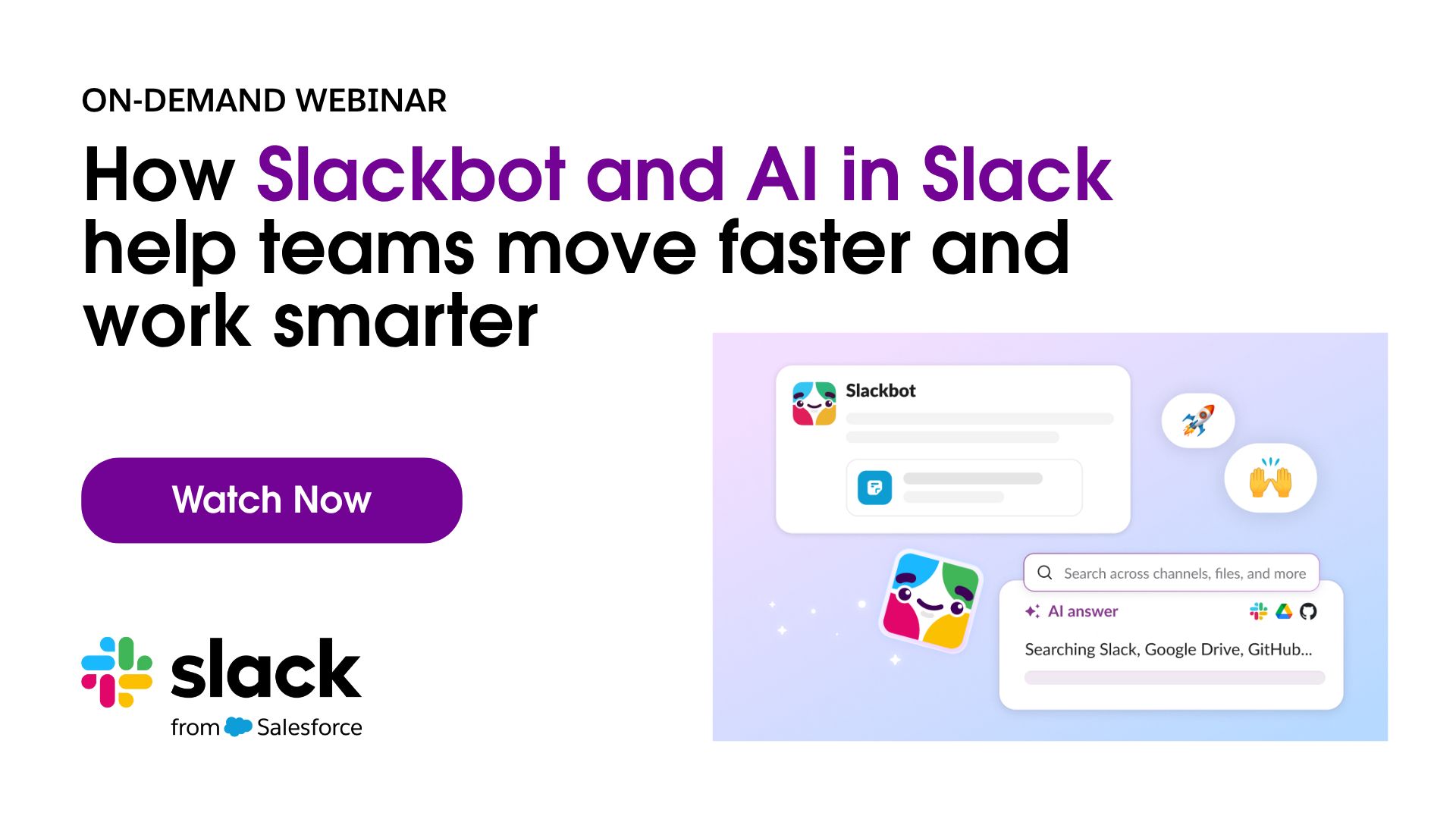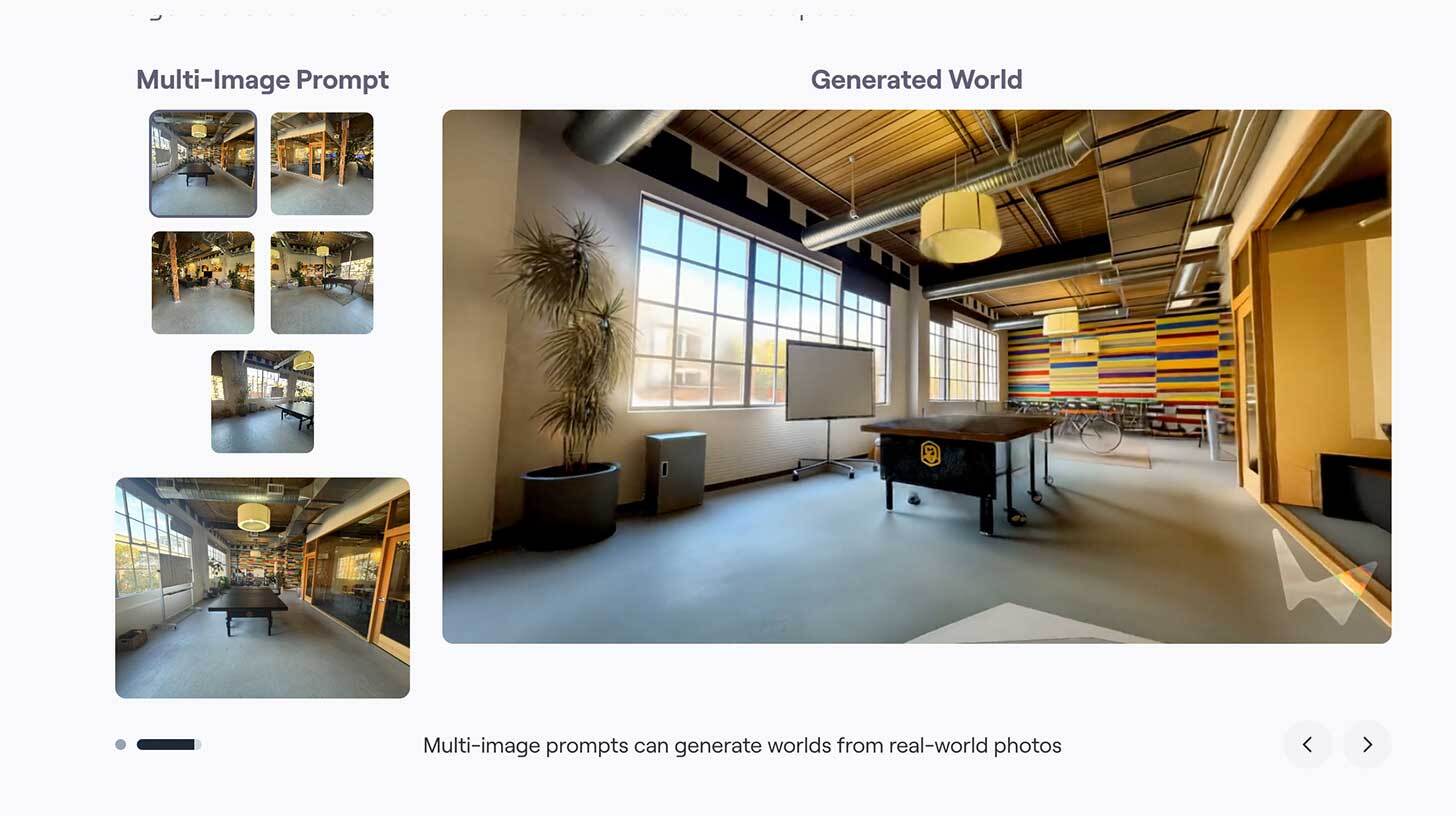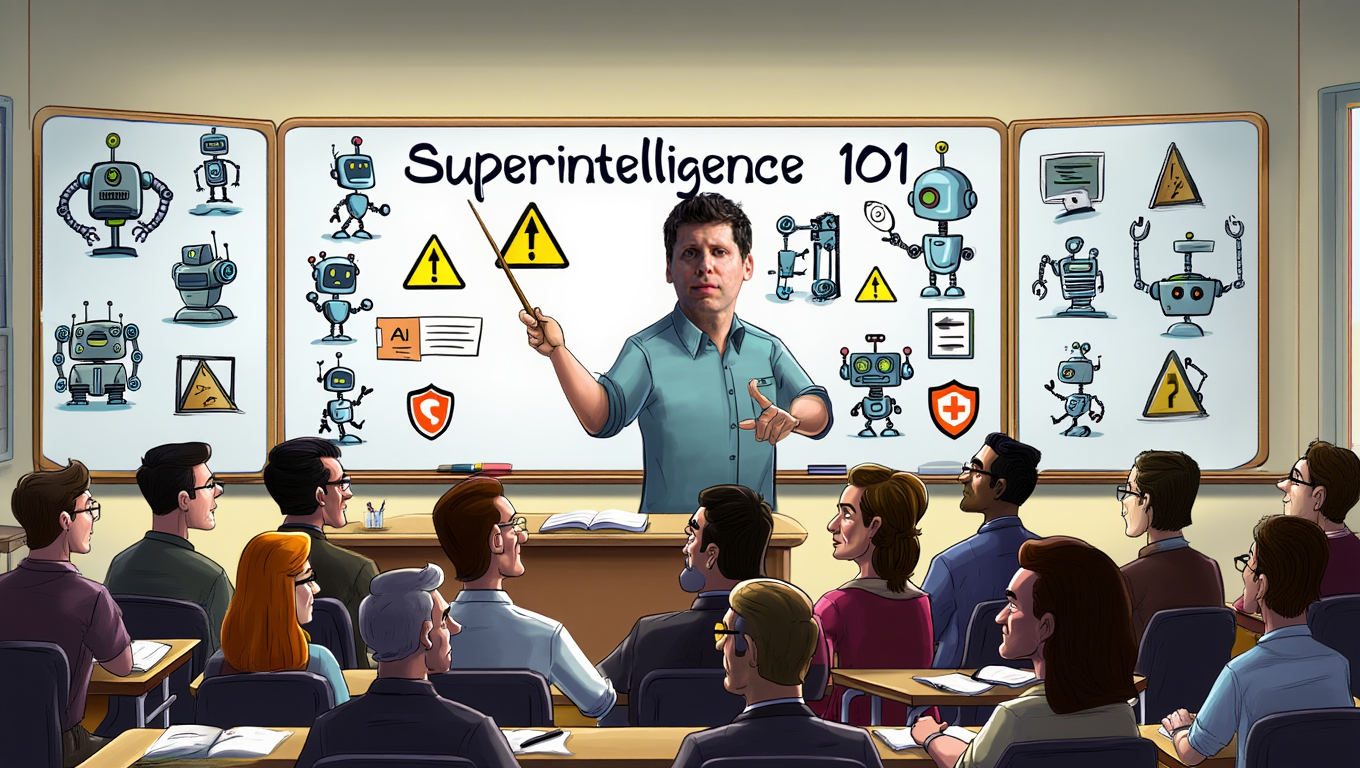AI's autonomous attack era begins
PLUS: Patients control AI and robotics with thought
Read Online | Sign Up | Advertise
Good morning, AI enthusiasts. AI’s agentic powers are advancing fast. One problem? The bad actors are also taking notice.
Anthropic just disrupted what it calls the first “large-scale cyberattack executed without substantial human intervention,” showing that cyberattacks are about to get much more sophisticated — and autonomous.
Reminder: Our next workshop, ‘AI Essentials for Leaders & Managers,’ is today at 4 PM EST. Join and learn how to assess organizational AI readiness, choose which AI projects get the green light, and more. RSVP here.
In today’s AI rundown:
Anthropic disrupts AI-orchestrated cyberattack
DeepMind's SIMA 2 agent can play any game
Use Codex to write code on the web with AI agents
AI coding startup Cursor hits $29B valuation
4 new AI tools, community workflows, and more
LATEST DEVELOPMENTS
ANTHROPIC AND AI CYBERSECURITY
🔐 Anthropic disrupts AI-orchestrated cyberattack

Image source: Reve / The Rundown
The Rundown: Anthropic thwarted what it believes is the first AI-driven cyber espionage campaign, after attackers were able to manipulate Claude Code to infiltrate dozens of organizations, with the model executing 80-90% of the attack autonomously.
The details:
The September 2025 operation targeted roughly 30 tech firms, financial institutions, chemical manufacturers, and government agencies.
The threat was assessed with ‘high confidence’ to be a Chinese state-sponsored group, using AI’s agentic abilities to an “unprecedented degree.”
Attackers tricked Claude by splitting malicious tasks into smaller, innocent-looking requests, claiming to be security researchers pushing authorized tests.
The attacks mark a major step up from Anthropic’s “vibe hacking” findings in June, now requiring minimal human oversight beyond strategic approval.
Why it matters: Anthropic calls this the “first documented case of a large-scale cyberattack executed without substantial human intervention”, and AI’s agentic abilities are creating threats that move and scale faster than ever. While AI capabilities can also help prevent them, security for organizations worldwide likely needs a major overhaul.
TOGETHER WITH SLACK FROM SALESFORCE
🤖 Your new personal productivity bestie, Slackbot
The Rundown: Learn how Slackbot has been rebuilt from the ground up as a trusted productivity partner that understands you and your workspace. It draws from your messages, files, and calendar events – synthesizing information across Slack, Google Drive, Salesforce, and OneDrive into clear insights and actionable next steps.
With Slackbot, you can:
Get instant answers with unmatched context from all your docs, conversations, and files
Automate seamlessly by creating a canvas, scheduling meetings, and drafting content
Work with a personal assistant that learns your workstyle and enhances productivity
Watch the free webinar to see how Slackbot transforms your workspace into a productivity powerhouse.
GOOGLE DEEPMIND
🎮 DeepMind's SIMA 2 agent can play any game

Image source: Google DeepMind
The Rundown: Google DeepMind introduced SIMA 2, a Gemini-powered AI agent that can understand instructions, reason, and teach itself new skills in virtual environments, doubling its predecessor's performance and nearing human-level task completion.
The details:
The agent completed 45-75% of tasks in never-before-seen games like MineDojo and ASKA, compared to SIMA 1's 15-30% on the same challenges.
SIMA 2 improves itself through trial and error, without human training data, using Gemini to create tasks, score attempts, and learn from mistakes.
The system navigates games by analyzing on-screen visuals, simulating keyboard/ mouse inputs, and interacting with the user like a gaming companion.
DeepMind also tested SIMA 2 in generated worlds from its Genie 3, where it successfully adapted to environments it had never encountered during training.
Why it matters: Gaming continues to be an awesome test environment for AI agents, and SIMA 2 looks like the biggest step yet towards systems that can reason, interact intelligently with users, and reliably take actions regardless of the environment. Our next in-game partner (or even opponent?) may end up being a Gemini-powered agent.
AI TRAINING
💻 Use Codex to write code on the web with AI agents

The Rundown: In this tutorial, you will learn how to use OpenAI's Codex to ship your first change from a GitHub repository without writing code by hand — connecting a repo, planning changes, implementing them with AI agents, and opening pull requests.
Step-by-step:
Go to ChatGPT, open the left sidebar, and click "Codex" to access the main interface
Click "Manage environment," select your GitHub organization and repository, then configure code execution settings
Choose "Plan" to discuss scope without touching code, or "Execute" to make changes on a branch — prompt example: "Can you give me insights on what this project is about?"
Enter your implementation prompt (e.g., "Turn this static landing page into a website where users can paste their own stories and poetry"), preview changes with "Run this code and show me the site," then click "Create PR" when satisfied
Pro Tip: Use branches for safety. Avoid writing code directly to main unless required.
PRESENTED BY FIDDLER
🧠 5 Critical Lessons for Production-Ready AI Agents
The Rundown: Fiddler AI breaks down 5 critical lessons to move AI Agents from demo to dependable production. Discover the testing strategies, architectural frameworks, and approaches for building agents that handle complex judgment calls.
In the guide, you’ll learn:
A New Testing Playbook using "checkpoint verification" for unpredictable AI systems
When to use a single vs. multi-agent design based on domain, governance, or model requirements
How to build agents that deliver real value through judgment, rather than rule-based tasks
Download the free guide to get the 5 field-tested lessons for building production-ready AI agents.
CURSOR
🚀 AI coding startup Cursor hits $29B valuation

Image source: Cursor
The Rundown: AI coding platform Cursor announced a new $2.3B raise at a $29.3B valuation, nearly tripling its worth since June and marking the third funding round this year — coming on the heels of the company’s in-house model and 2.0 platform release.
The details:
Cursor said the company officially surpassed $1B in annualized revenue, and that the platform “now produces more code than any other agent in the world”.
The company has grown to 300 employees in just two years, while reportedly declining acquisition offers from several major AI companies.
The startup released Composer 1 in October, its first in-house model, and a new 2.0 platform with the ability to run up to eight coding assistants independently.
Why it matters: Cursor’s hockey-stick growth is a wild rise, being one of the faces of the AI vibe-coding wave that has minted many big winners. While many felt the app-layer would get wiped out by the likes of OpenAI, Anthropic, and other frontier giants, Cursor has shown there is more than one way to win a slice of the big AI coding pie.
QUICK HITS
🛠️ Trending AI Tools
🤖 ERNIE 5.0 - Baidu’s new SOTA omnimodal foundation model
🌎 Marble - Create persistent 3D worlds from images, videos, and text prompts
🤖 GPT-5.1 - OpenAI’s upgraded model with personality customization
⚙️ Code Arena - LM Arena’s evaluation platform for testing coding models
📰 Everything else in AI today
Baidu released ERNIE 5, the company’s new powerful omnimodal model, and Famou, a ‘self-evolving’ AI agent for discovering optimal solutions in complex scenarios.
LM Arena launched Code Arena, an AI coding evaluation platform that tests models as interactive agents building applications in real-time.
Google announced Deep Research in NotebookLM, alongside new support for Google Sheets, images, Word documents, and PDFs from Google Drive.
H Company introduced Holo2, a new series of lightweight AI models that power cost-efficient computer-use agents for SOTA results across benchmarks.
Disney CEO Bob Iger revealed that the company is exploring AI-generated video tools for Disney+, which would allow viewers to create and consume short-form content.
COMMUNITY
🤝 Community AI workflows
Every newsletter, we showcase how a reader is using AI to work smarter, save time, or make life easier.
Today’s workflow comes from reader Christine C. in Washington, D.C.:
"I built a workflow that takes all my potential Flexible Spending Account (FSA) purchases and puts them in a specific Google Drive folder. From there, I’m able to pull them into the Google NotebookLM to run specific prompts to review the items, tell me which ones are appropriate to submit FSA, and all the information I need, like cost, date, and merchant. It has seriously sped up my workflow!"
How do you use AI? Tell us here.
🎓 Highlights: News, Guides & Events
Read our last AI newsletter: World models go mainstream
Read our last Tech newsletter: Musk wins $1T pay package
Read our last Robotics newsletter: 'Putin lookalike' robot face-plants
Today’s AI tool guide: Use Codex to write code on the web with AI agents
RSVP to workshop @ 4PM EST today: AI Essentials for Leaders & Managers
See you soon,
Rowan, Joey, Zach, Shubham, and Jennifer — the humans behind The Rundown

Stay Ahead on AI.
Join 1,000,000+ readers getting bite-size AI news updates straight to their inbox every morning with The Rundown AI newsletter. It's 100% free.







